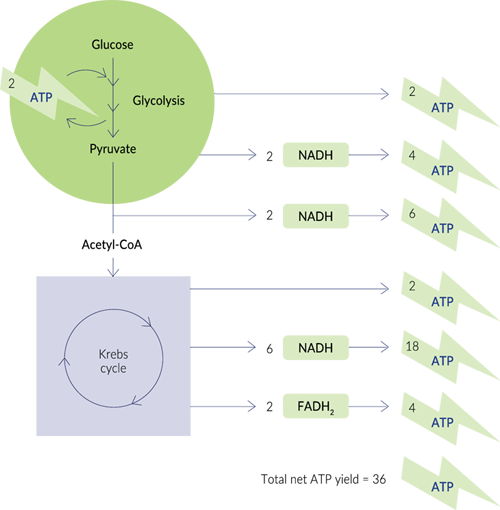Magnesium activates enzymes
We are kept alive by trillions of chemical reactions that occur in the body. Carbohydrates are broken up and harvested for energy. New tissue is created. Cellular waste products are removed. New strands of DNA are synthesized. This collection of chemical processes is called metabolism.
The speed a reaction occurs will depend on factors like temperature, pressure, solubility and concentration of molecules. We use these factors every day. You might notice that sugar dissolves in hot water faster, or putting food in the refrigerator will slow the rate of decay. When you make a campfire, a hotter flame will burn wood faster.
Our metabolism needs to occur at a certain speed to stay alive. But we don’t have the liberty of turning the body into a raging furnace to speed up these reactions (not without damaging many things). That’s where enzymes come in.
Enzymes are bits of protein that catalyze and regulate almost all metabolic reactions. As catalysts, they reduce the energy needed to spark a chemical reaction and speed up reactions. Without enzymes, reactions that would normally take milliseconds might take hours or days.
How slow are reactions without enzymes?
How long would reactions take if they proceeded spontaneously without the presence of enzymes? Dr. Richard Wolfenden, an alumni professor of biochemistry & biophysics at the University of North Carolina, posed this question. In a 1995 study, Wolfenden reported that without enzymes, the process of synthesizing DNA and RNA would take 78 million years. A subsequent study in 2008 found that producing cellular hemoglobin in the absence of enzymes would be thirty times slower, with a half-life of 2.3 billion years. That’s half the age of Earth!
Some enzymes require an additional ions or molecules called cofactors to function. Without a cofactor bound to its structure, an enzyme may float dormant, unable to catalyze any reactions. Magnesium is a cofactor for several important enzymes in the body, like DNA/RNA polymerases, used to transcribe new DNA/RNA strands, and guanylate cyclase, used to regulate the movement of minerals across cell membranes.
A 1968 estimate suggested that magnesium was a required cofactor for 300 enzymatic reactions. This figure is found in many medical texts and quoted by many scientific papers. Since then, many more enzymes that rely on magnesium have been identified. A search of today’s enzymatic databases reveals over 600 enzymes that magnesium is a cofactor for, and another 200 enzymes that need magnesium to be activated.
In cellular metabolism, a single glucose molecule will yield 36 units of ATP.




